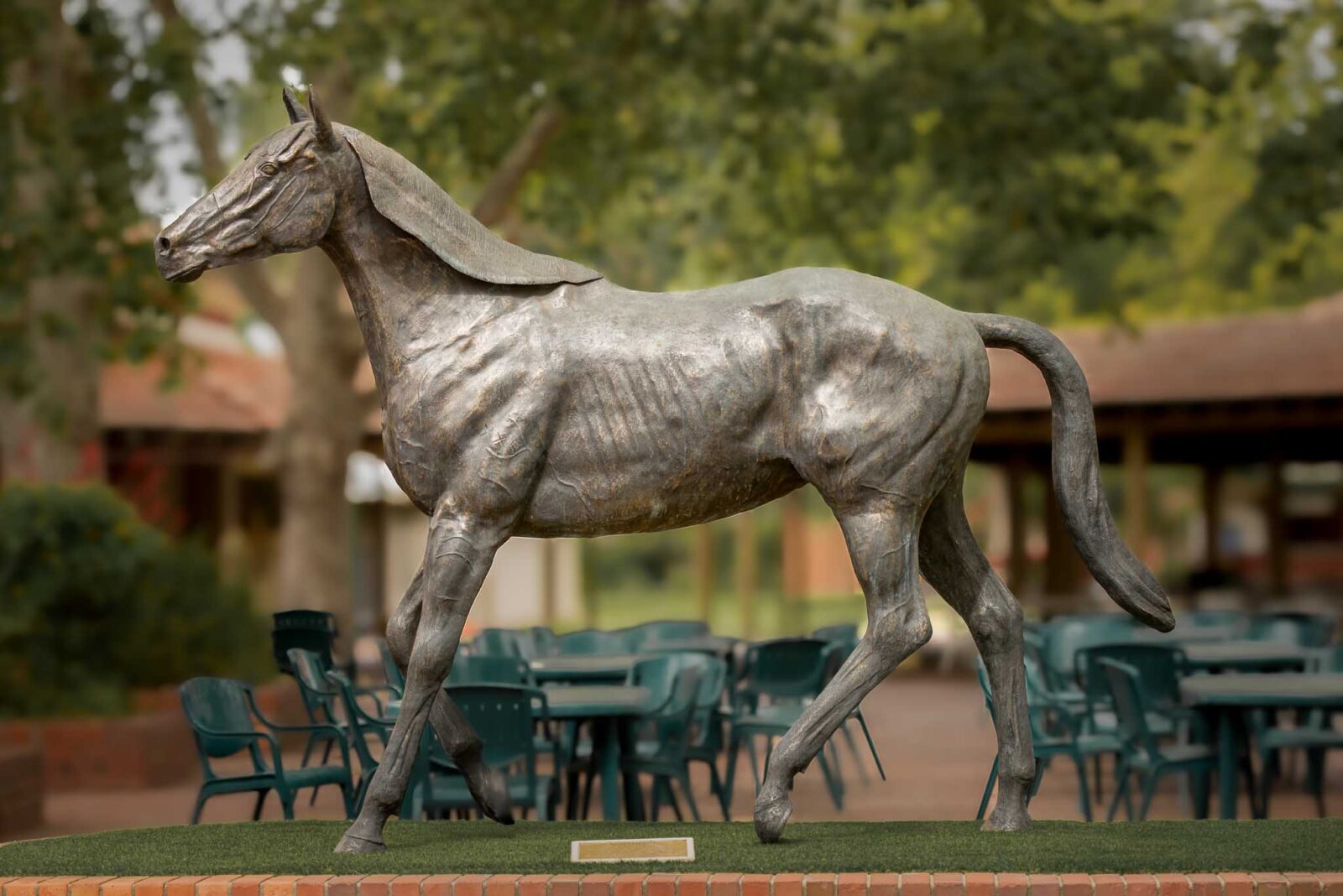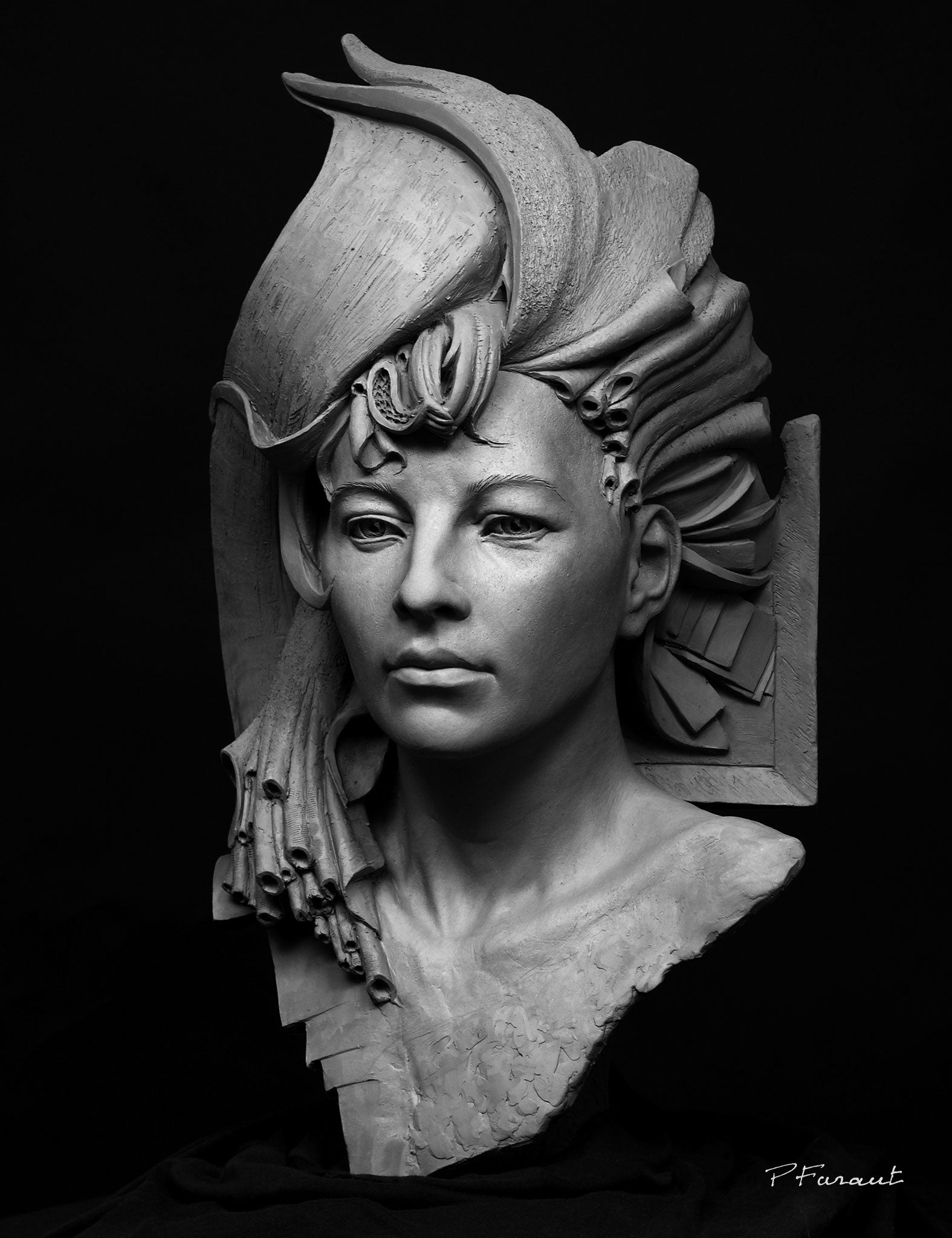Contemporary Marvels: Dive into the World of Contemporary Sculptures
Wiki Article
Sculptures as an Expression of Human Emotions
Sculptures have long been revered as an effective tool for sharing the midsts and intricacies of human emotions. With the proficient adjustment of composition, kind, and appearance, carvers have the ability to record the abstract essence of joy, despair, love, rage, and hope. These tangible jobs of art function as a visual depiction of the variety of emotions that specify the human experience. From the peaceful beauty of a grinning face to the raw intensity of a contorted number, sculptures offer a ageless and unique home window into the globe of human emotions. With each carve stroke and clay molding, artists breathe life into their developments, enabling us to resonate and attach with the emotional stories they communicate. In this expedition, we will look into the extensive impact that sculptures have in sharing and evoking human feelings.The Power of Capturing Pleasure and Joy
The fundamental power of sculptures lies in their capacity to capture and convey the profound feelings of joy and joy through the knowledgeable control of kind and product. Sculptures have actually been made use of throughout history as a way of revealing human feelings, and delight and joy are among one of the most common feelings portrayed in these art types.One of the ways sculptures record joy and happiness is through the cautious selection and control of kind. Artists use various methods to create sculptures that stimulate a sense of happiness, such as portraying figures in dynamic and uplifting postures, or utilizing moving lines and curves to produce a sense of motion and energy. The choice of product also plays a considerable function in communicating these feelings. Carvers commonly make use of products that have an all-natural warmth and vibrancy, such as bronze or marble, to improve the pleased and cheerful qualities of their work.
Furthermore, the competent use of face expressions and gestures in sculptures can effectively share happiness and joy. Artists meticulously form the smiles, laughter, and expressions of joy on the faces of their topics, bringing them to life and capturing the significance of these emotions. The positioning of the body and the motions depicted by the sculpture can also connect a sense of pleasure and joy, whether it is a figure with outstretched arms, dance, or embracing others.
Discovering the Depths of Despair and Sorrow
An expedition into the midsts of unhappiness and grief can be accomplished via the evocative sculptures that record the essence of these extensive emotions. These sculptures function as a visual depiction of the human experience, allowing visitors to connect with their very own feelings of unhappiness and grief on a deeper degree.Through the experienced manipulation of texture, expression, and type, sculptors can communicate the facility emotions connected with sadness and sadness. Using elongated, hunched numbers or bent, anguished expressions can generate a feeling of despair and sorrow. The option of products, such as cold, rough rock or dark, weather-beaten steel, can further improve the sad and melancholic mood of the sculptures.
Furthermore, the power of these sculptures exists in their capacity to transcend language barriers - Portrait Sculptor. No matter etymological or social differences, the universal language of art allows people from varied histories to link and understand with the emotions portrayed in these sculptures. Contemporary Sculptures. It is with this common experience that a sense of catharsis and understanding can be achieved
Introducing the Complexity of Love and Need
Revealing the complexities of love and yearning, sculptures supply an extensive expedition into the intricacy of love and desire. With making use of different products and methods, artists have had the ability to capture the significance of these effective emotions and share them in tangible types. Love, with its several dimensions and subtleties, is a topic that has mesmerized musicians throughout history. From the tender accept of a couple to the passionate complication of bodies, sculptures have depicted the varied expressions of love and wish.One such example is Auguste Rodin's famous sculpture, "The Kiss." This work of art represents two lovers locked in an intimate accept, their bodies knit momentarily of intense passion. The sculpture not only catches the physical connection in between the fans yet additionally evokes a deeper emotional bond. The elaborate details and the proficient workmanship emphasize the intricacy of their love and need.
Sculptures also discover the darker side of love and need, introducing the intricacies that can emerge from these extreme feelings. Equine Sculptures. Some sculptures depict the torture and misery that can come with unrequited love or the devastating power of compulsive wish. These artworks act as a reminder that love and need can be both beautiful and tough, bringing joy and discomfort in equivalent procedure
Communicating Anger and Frustration Through Sculptures
Via the representation of tense postures and bent types, sculptures express the strength of rage and aggravation. Musicians have actually long turned to the tool of sculpture to communicate these powerful feelings, using various strategies to capture the raw power and turmoil related to temper and disappointment.One common strategy is to show numbers in confrontational or aggressive postures. The muscle tension and clenched fists of a sculpture can stimulate a feeling of suppressed anger, while twisted arm or legs and bent facial expressions can convey the frustration really felt by the subject. These physical manifestations of feeling act as a visual depiction of the inner chaos experienced by people in moments of temper and irritation.
Furthermore, musicians typically utilize symbolism and allegory to enhance the emotional influence of their sculptures. As an example, sharp, damaged kinds or jagged sides can symbolize the harmful nature of temper, while heavy, difficult structures can represent the weight of stress. By incorporating these elements right into their work, musicians have the ability to communicate the strength and intricacy of these emotions in a aesthetically striking and substantial manner.

Revealing Hope and Durability in Sculptural Kind
Sculptures personifying hope and strength are a testimony to the unbeatable spirit of the human experience. These art work offer as effective icons of positive outlook and toughness in the face of adversity. Through the competent manipulation of materials, artists are able to record the significance of hope and strength, developing sculptures that navigate to these guys uplift and inspire.
One example of a sculpture that embodies hope is "The Winged Triumph of Samothrace." This old Greek sculpture illustrates a winged goddess standing atop a ship's prow, her garments billowing in the wind. The sculpture exhibits a sense of triumph and resolution, signifying the power of intend to get rid of challenges.

Sculptures that express hope and resilience offer as tips of the human capability to endure and thrive when faced with adversity. They inspire us to be determined, to discover strength in ourselves, and to have faith in a brighter future. These art work talk to the global human experience, using solace and inspiration to those who encounter them.
Final Thought
Finally, sculptures offer as an effective medium for sharing a wide variety of human emotions (Portrait Sculptor). Through their creative type, they record the significance of pleasure, sadness, anger, love, and hope. Bronze Sculptures. By getting rid of personal pronouns, the focus stays on the universal nature of these emotions and the ability of sculptures to convey them in a long-lasting and substantial fashion. This highlights the relevance of sculptures as a way of revealing and comprehending the complexities of the human experience.Sculptures have actually long been respected as a powerful tool for sharing the depths and complexities of human feelings. From the peaceful beauty of a grinning face to the raw intensity of a contorted number, sculptures offer a ageless and distinct home window right into the world of human feelings. In this exploration, we will certainly dig into the extensive impact that sculptures have in sharing and evoking human feelings.
In verdict, sculptures offer as a powerful tool for sharing a wide variety of human emotions (Robert C Hitchcock Sculptor). By eliminating personal pronouns, the emphasis continues to be on the universal nature of these feelings and the capacity of sculptures to share them in a tangible and enduring manner
Report this wiki page